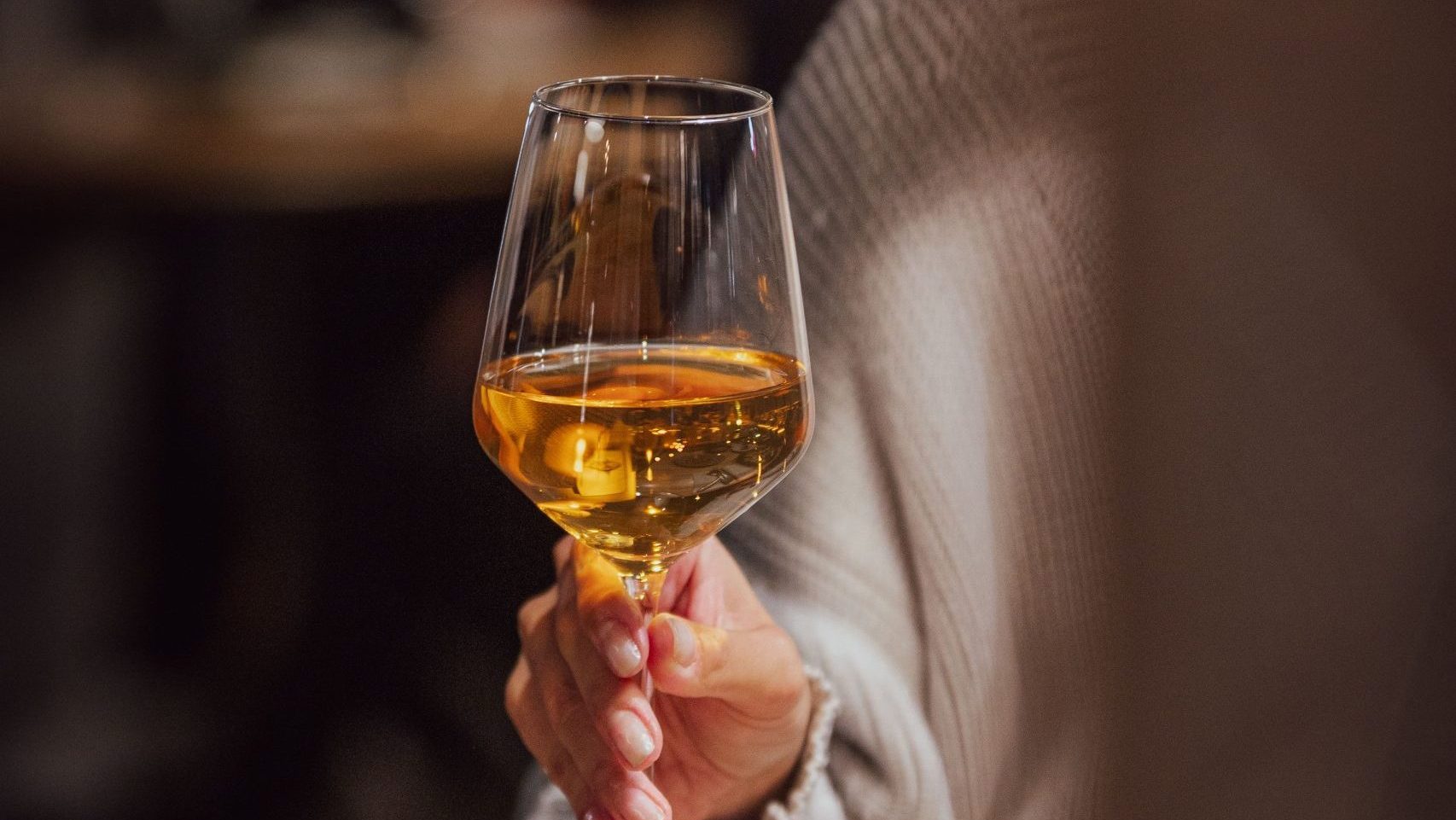
Helsinki’s culinary landscape offers exceptional dining experiences that blend Finnish traditions with modern gastronomy. The capital boasts an impressive selection of establishments where food enthusiasts can enjoy exquisite meals paired with carefully curated wines. From upscale dining destinations with stunning Baltic Sea views to cosy neighbourhood gems serving innovative Nordic cuisine, Helsinki has firmly established itself as a gastronomic destination worth exploring.
What are the best wine and dine spots in Helsinki?
Helsinki’s premier culinary establishments offer extraordinary dining experiences that combine exceptional food with outstanding wine selections. At the forefront is our own Fisken på Disken, a seafood restaurant located in the heart of Helsinki in Kortteli. We pride ourselves on creating dishes with depth of flavour using superb ingredients that draw from both classic and modern cooking traditions. Our speciality seafood bar always offers fresh oysters and other shellfish subject to availability.
The city centre hosts several noteworthy establishments where the combination of fine dining and excellent wine lists creates memorable experiences. Many top restaurants feature seasonal menus that showcase local Finnish ingredients whilst maintaining international culinary standards. The waterfront area, particularly around Kaartinkaupunki and Eira, offers venues with stunning views complementing the gastronomic experience.
Where can I find Michelin-starred restaurants in Helsinki?
Helsinki boasts several Michelin-starred establishments that represent the pinnacle of Finnish culinary artistry. These restaurants can be found primarily in the city centre and the trendy Punavuori district. What distinguishes these establishments is their commitment to Nordic culinary philosophy – emphasising seasonal, local ingredients prepared with modern techniques.
The Michelin-recognised restaurants typically offer tasting menus that showcase Finnish ingredients like wild berries, mushrooms, and seafood from the Baltic. Reservations are essential, often needed weeks or even months in advance, particularly during the summer tourist season. The dining experience at these venues typically lasts several hours, allowing guests to fully appreciate the culinary journey.
What Finnish dishes should I try in Helsinki restaurants?
Traditional Finnish cuisine offers unique flavours that reflect the country’s natural environment and cultural heritage. When dining in Helsinki, you should sample Baltic herring (silakka) – a staple in Finnish seafood cuisine, typically served pickled, fried, or baked. At Fisken på Disken, we prepare this local favourite using time-honoured methods that bring out its distinctive flavour profile.
Other must-try Finnish dishes include karjalanpiirakka (Karelian pies) – oval-shaped rye pastries filled with rice porridge, often topped with egg butter; poronkäristys (sautéed reindeer) – typically served with lingonberry jam and mashed potatoes; and kalakukko – a traditional fish pie from Eastern Finland. For dessert, try leipäjuusto (bread cheese) with cloudberry jam or the popular korvapuusti (cinnamon rolls).
Where are the best wine bars located in Helsinki?
Helsinki’s wine culture has flourished in recent years, with excellent wine bars now dotted throughout the city. The Punavuori and Kallio districts have emerged as hubs for wine enthusiasts, featuring establishments with extensive wine lists and knowledgeable sommeliers. These neighbourhoods offer a mix of traditional and natural wine-focused venues.
The city centre, particularly around Esplanadi and Kluuvi, hosts several sophisticated wine bars that often pair their selections with gourmet small plates. At Fisken på Disken, we offer a carefully curated wine selection designed to complement our seafood offerings, with options ranging from crisp whites that enhance the natural flavours of oysters to more robust choices that stand up to our heartier fish dishes.
How expensive is dining out in Helsinki compared to other European capitals?
Dining in Helsinki typically comes at a premium compared to many European capitals, reflecting Finland’s high standard of living and operational costs. A three-course meal at a mid-range restaurant generally costs more than similar experiences in Southern or Eastern European cities, though prices are comparable to those in Stockholm or Oslo.
The higher price point often reflects Finland’s commitment to quality ingredients, fair wages, and sustainable practices. Many establishments, including our restaurant, prioritise locally sourced, seasonal ingredients, which may command higher prices but deliver superior quality and environmental benefits. Alcohol tends to be particularly expensive due to taxation, with a glass of wine in restaurants often starting at about €8-10.
What are the best budget-friendly restaurants in Helsinki?
Despite Helsinki’s reputation as an expensive city, there are numerous options for enjoying quality food without breaking the bank. The Hakaniemi and Kallio districts are known for reasonably priced eateries that don’t compromise on quality. These areas offer authentic Finnish experiences alongside diverse international cuisines.
Lunch offers particular value, with many restaurants – including fine dining establishments – offering set lunch menus (lounas) at significantly reduced prices compared to their dinner service. Market halls (kauppahalli) such as the Old Market Hall and Hakaniemi Market Hall provide fresh, local foods at reasonable prices, allowing visitors to sample Finnish specialities without the restaurant markup.
Helsinki culinary experiences: Beyond restaurants and wine bars
Helsinki’s food culture extends far beyond traditional dining establishments. The city’s vibrant market squares (tori) offer authentic Finnish street food experiences, with the most famous being Kauppatori (Market Square) by the harbour. Here, you can sample traditional Finnish foods whilst enjoying the maritime atmosphere.
Food events and festivals occur throughout the year, showcasing the best of Finnish cuisine. Helsinki’s food halls present another dimension of the culinary landscape, offering diverse options under one roof. For a truly Finnish experience, consider restaurant day (Ravintolapäivä), a quarterly event where anyone can establish a pop-up restaurant for a day, transforming the city into a massive food festival that highlights Finnish creativity and community spirit.
When planning your Helsinki culinary adventure, remember that experiencing the city’s food scene means embracing both tradition and innovation. Whether you’re enjoying the freshest seafood at Fisken på Disken or exploring neighbourhood gems, Helsinki offers gastronomic delights for every palate and budget.

